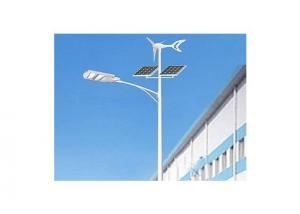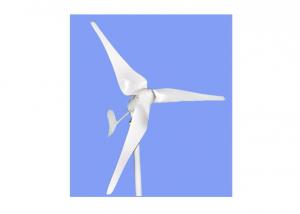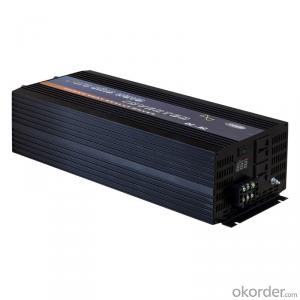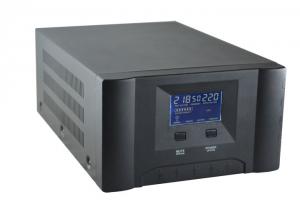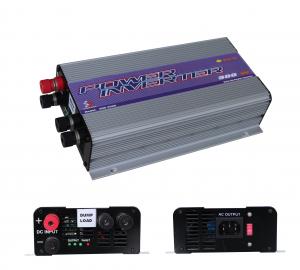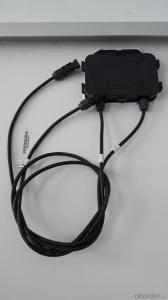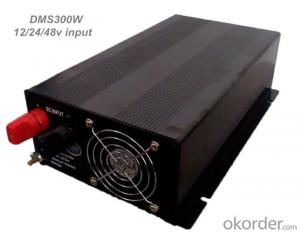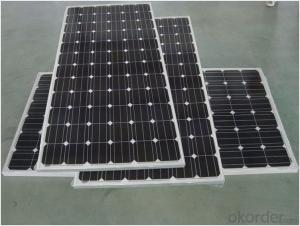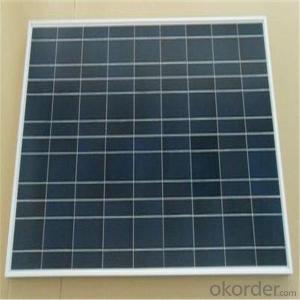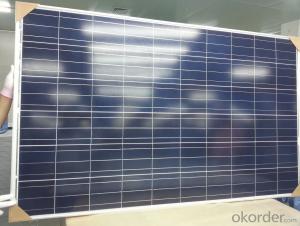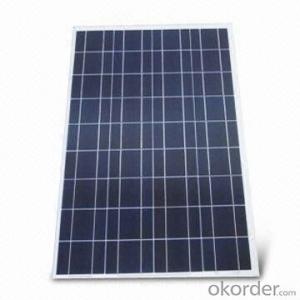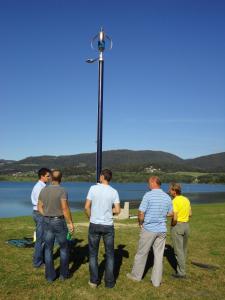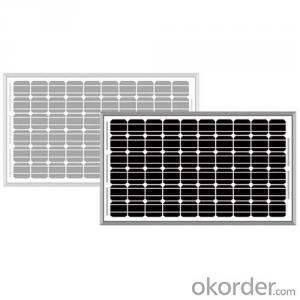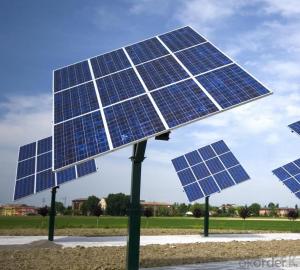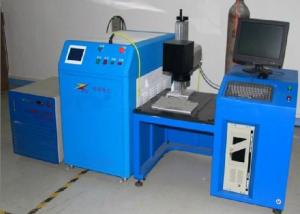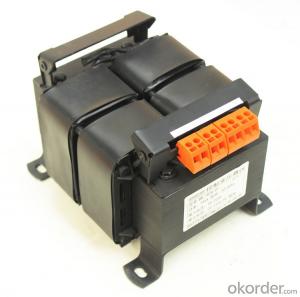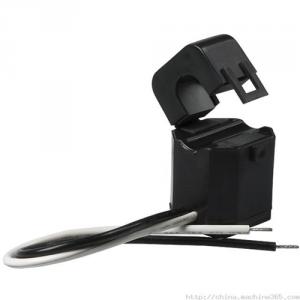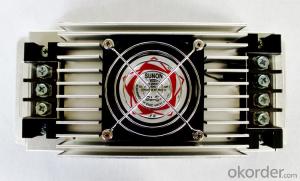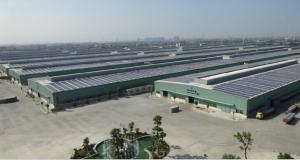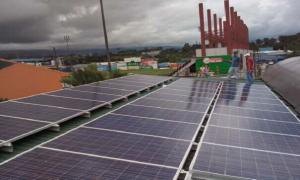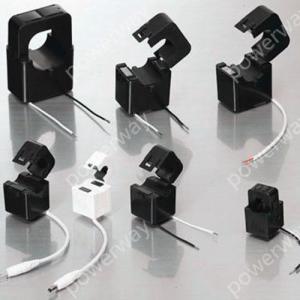300w Solar Inverter
300w Solar Inverter Related Searches
Solar Inverter 300w 300 Watt Solar Inverter 300 Watt Solar Power Inverter 300kw Solar Inverter Solar Inverter 300 Watt Solar Inverter 3000w 3000w Solar Inverter 3000w Inverter Solar 3000w Solar Power Inverter Solar Power Inverter 3000w Solar 3000 Watt Inverter 300 Watt Solar Module 3000 Watt Solar Inverter Solar 3000 Watt Power Inverter 3000 Watt Solar Power Inverter 30kw Solar Inverter 400w Solar Inverter Solar Hybrid Inverter 3000w Solar Power Inverter 3000 Watt Solar Inverter 3000w Price 30 Amp Solar Inverter 3000 Watt Inverter Solar Panel 400 Watt Solar Inverter 200w Solar Inverter 100w Solar Inverter 3500 Watt Solar Inverter 250w Solar Inverter Solar Inverter 3500 Watt 250 Kw Solar Inverter 500w Solar Inverter300w Solar Inverter Supplier & Manufacturer from China
The 300w Solar Inverter is a high-quality product designed to convert solar energy into usable electrical power for various applications. This efficient device is capable of handling up to 300 watts of solar power, making it an ideal choice for small to medium-sized solar power systems. It is engineered to provide reliable and consistent power output, ensuring that your solar energy needs are met effectively.The 300w Solar Inverter is widely used in a variety of settings, including residential homes, commercial establishments, and off-grid applications. It is particularly useful for powering essential appliances, lighting systems, and other electrical devices in areas where grid electricity is either unreliable or unavailable. This product is also an excellent choice for those looking to reduce their carbon footprint and embrace renewable energy sources, as it harnesses the power of the sun to generate clean, sustainable electricity.
Okorder.com is a leading wholesale supplier of the 300w Solar Inverter, offering a vast inventory of this product to cater to the needs of various customers. With a strong commitment to quality and customer satisfaction, Okorder.com ensures that each 300w Solar Inverter is thoroughly tested and inspected before being shipped to customers around the world. By partnering with Okorder.com, you can rest assured that you are receiving a top-notch product at a competitive price, backed by exceptional customer support and service.
Hot Products

